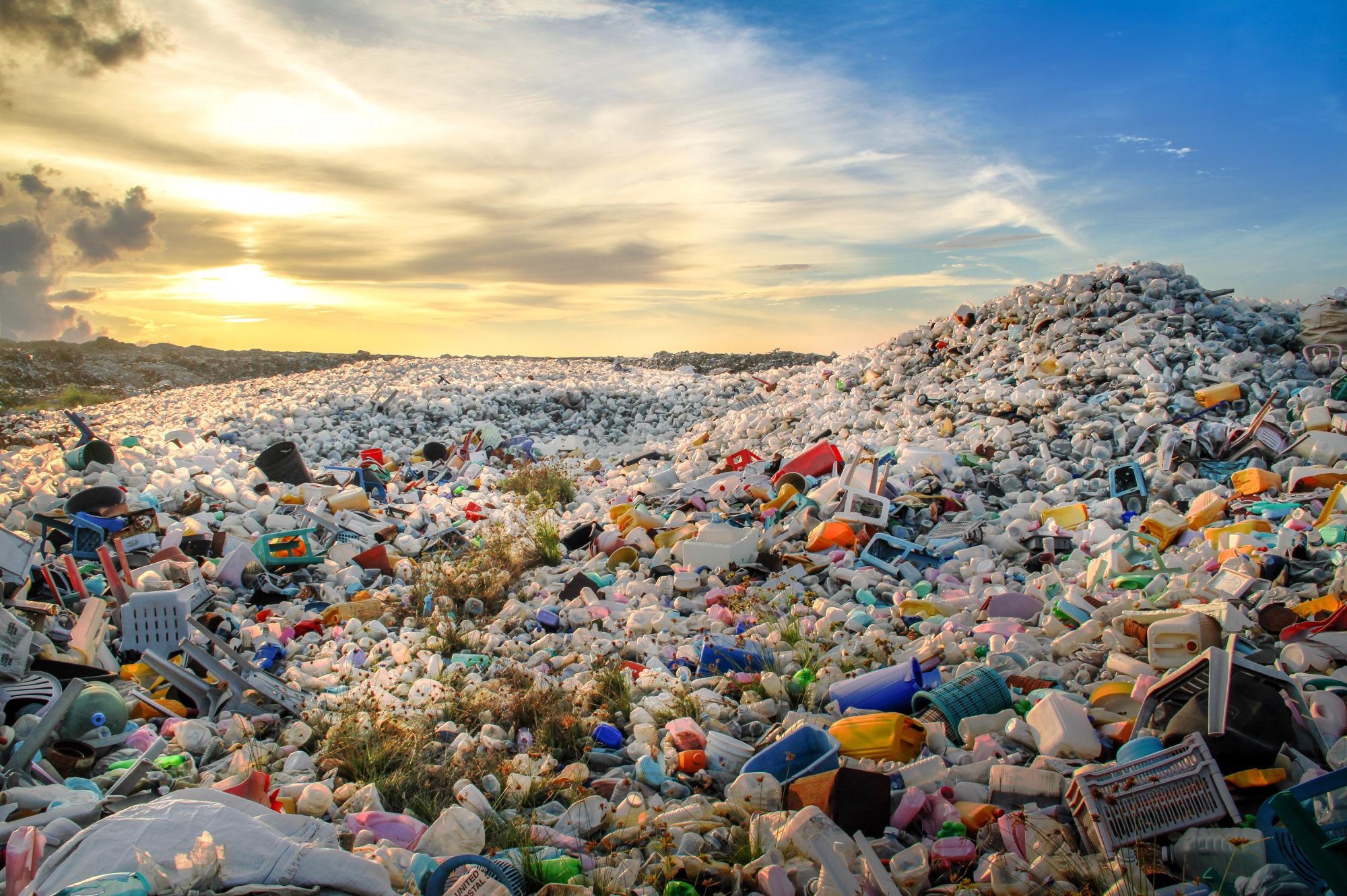Reviewed by Alex SmithSep 6 2021
The U.S. Department of Energy (DOE) recently declared funding of $25 million for 10 research projects. The projects are aimed at setting scientific foundations for new technology solutions to reuse thrown-away plastics to create useful products and decrease plastics waste.

Image Credit: Shutterstock.com/ MOHAMED ABDULRAHEEM
Polymer upcycling holds the promise of boosting reuse of plastic waste and lowering the energy costs and impacts of plastic production. This research will provide insights into chemical and materials phenomena that will be critical to accelerating developments in this emerging area.
Dr. Steve Binkley, Acting Director, DOE’s Office of Science
Polymers are defined as long chains of repeating hydrocarbon units that provide high durability to plastics and strength for their weight, thereby making plastics a general component in several applications. Throughout the world, huge amounts of new plastics amounting to more than 380 million metric tons are produced annually. This accounts for nearly 6% of the consumption of fossil feedstocks.
Of the thrown-away waste plastic, less than 15% is recycled and the remaining amount is deposited into landfills, incinerated or dispersed into the surrounding. This leads to the loss of starting material that could be utilized for highly energy-efficient processes and adds to global waste contamination issues. This factor also comprises a threat to the oceans and marine wildlife across the globe.
Such research projects will help advance science to power methods for targeting energy-efficient reuse of discarded plastics and chemical upcycling of polymers. Polymer upcycling involves chemical processes with the potential to efficiently convert discarded plastics back to the original material or into materials that offer new functionality.
Moreover, the process includes the design of next-generation polymeric materials that can be reused via several energy-efficient product cycles in an efficient and sustainable manner.
The research projects vary from single Principal Investigator (PI) to multi-PI, multi-institution studies. The projects are headed by three National Laboratories and seven universities.
The projects were selected through peer review under a DOE Funding Opportunity Announcement open to national laboratories, universities, non-profit research organizations and industry. The final particulars related to each project award are subject to negotiations between DOE and the awardees.
The total financial support for the projects is $25 million for a maximum period of three years, where funding for the Fiscal Year 2021 is $9.5 million and out-year funding is contingent on congressional appropriations.